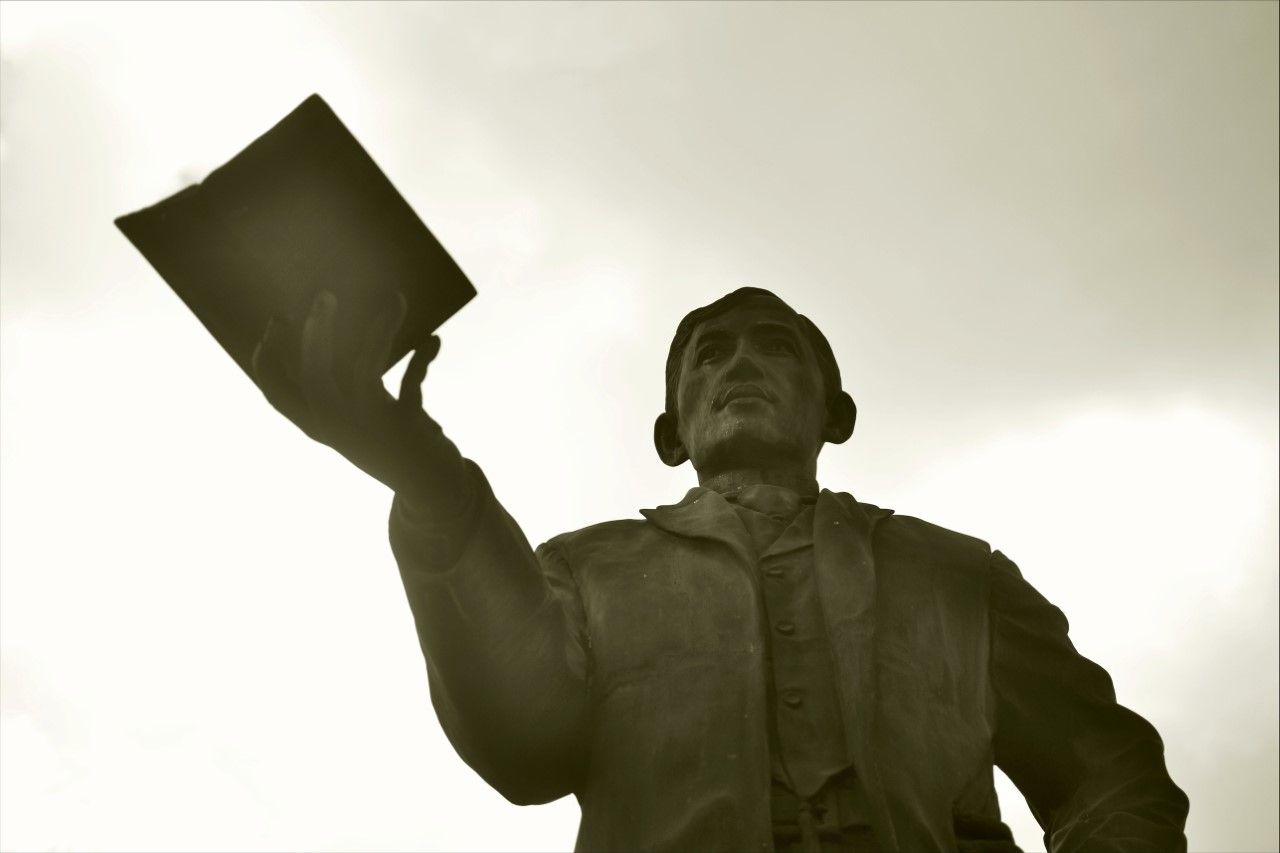1. Rizal's Ancestral Home

Tucked in the streets of Laguna is a two-storey Spanish colonial home where Rizal was born. Many of the hero's anecdotes often reference this house—the nipa-hut in the garden where he learned to sculpt, the kitchen where he learned the alphabet, the bedroom where he used to pray, the library where he read books, and more.
Historical accounts say that Rizal's father, Francisco Rizal Mercado, took two years to build the ancestral house. In 1891, it was confiscated by the friars, but Paciano Rizal was able to retrieve it during the Philippine Revolution.
During World War II, the house was destroyed and it was eventually demolished. In 1949, under President Elpidio Quirino's Executive Order no. 145, the house was restored to its former glory. Today, it serves as a repository for the hero's memorabilia.
Tatler Trivia: The ancestral home of Rizal was inspired by the bahay-na-bato (stone houses), the most common house and lot styles in Laguna during the Spanish colonial period. Its windows are made of capiz shells, while its other parts were built with stones, bricks, and hardwood.
In Case You Missed It: Bahay na Bato: Parts of a Stately Filipino House During the Spanish Colonial Era






